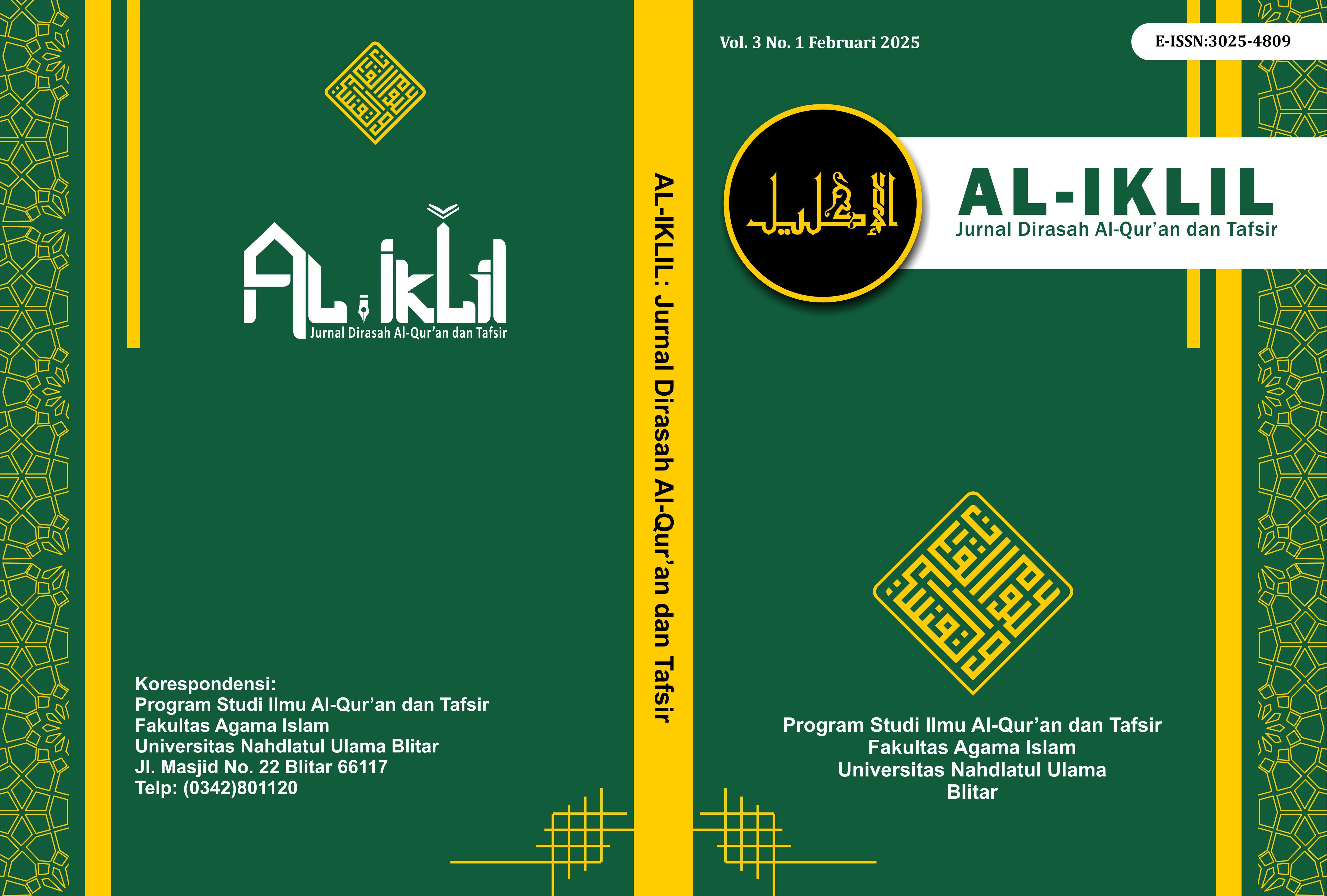Hidrologi dan Al-Qur'an: Fenomena La-Nina dan Anomali Iklim dalam Mempengaruhi Intensitas Hujan serta Dampaknya bagi Indonesia
Abstract
This research will examine the integration between the Qur'an and science, especially in the field of hydrology related to climate phenomena that affect the components of the hydrological cycle, namely the La-Nina phenomenon. It should be recalled that the earth is dominated by oceans compared to land. This means that there is more water on earth compared to the land used by humans. The ratio of ocean to land is 7:3 when rounded. This fact is an important basis for understanding global hydrology. Hydrology is the study of water and water-related processes, including water circulation, water changes, and water use. Meanwhile, La-Nina is a natural phenomenon that causes increased rainfall in the Western Equatorial Pacific region including Indonesia, with significant impacts such as heavy rainfall that causes floods and landslides. This research uses a descriptive qualitative method of tafsir analysis. The study of tafsir ilmi aims to connect modern scientific understanding of the La-Nina phenomenon with the verses of the Qur'an that discuss this natural phenomenon. As well as examining the phenomenon of La-Nina and its impact on rainfall in Indonesia from the point of view of Hydrology and verses of the Qur'an. So the conclusion that can be drawn from this research is that high rainfall can affect regions in Indonesia. High rainfall has the potential to cause various kinds of natural disasters, generally floods, strong winds, and landslides. This thematic approach is aimed at exploring scientific knowledge and its relationship with the Qur'an, correlating the two, and exploring spiritual values.






